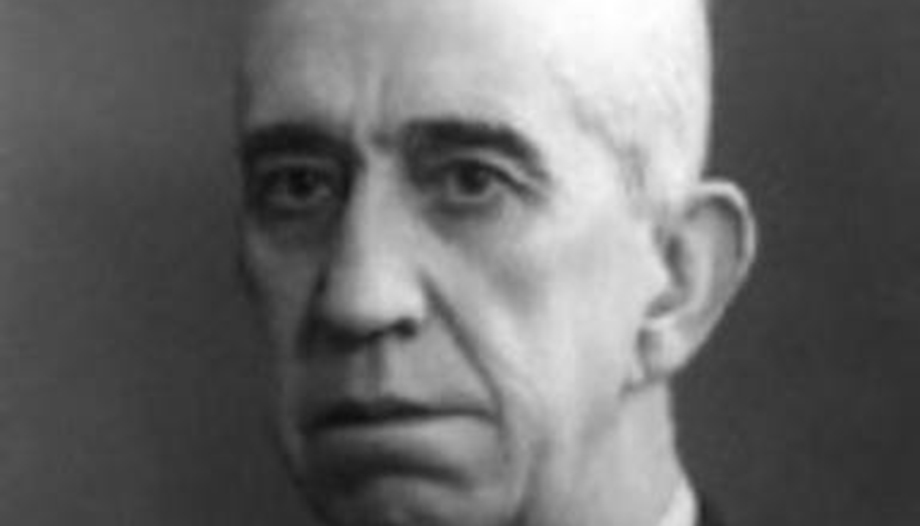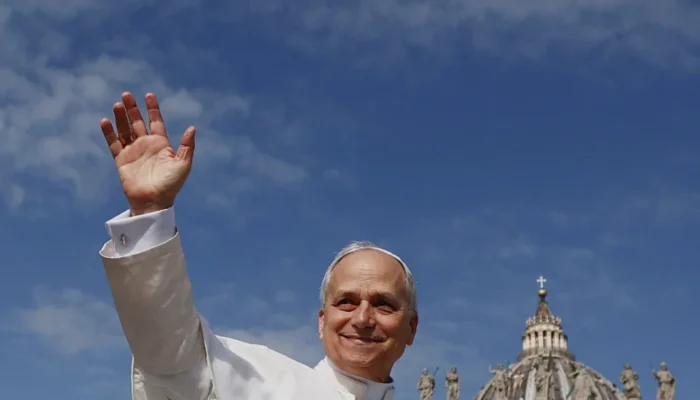Juan Marcilla Arrazola (December 27, 1886 - August 16, 1950), founding vice-president of the CSIC, was born in Madrid and orphaned at the age of 14, so he had to pay for his studies, including piano studies, with the additional effort of giving private mathematics lessons.
He brilliantly completed his academic training as an Agronomist Engineer in 1910, reaching the number 1 position in his class. He immediately oriented his professional life towards viticulture and moved to the Oenological Station of Villafranca del Penedés. The wine industry was going through a deep crisis related to the French occupation at that time.
In 1915, after a stay abroad, specifically at the Estación Vitivinícola de Montpellier, he was assigned to the Estación Ampelográfica Central de Madrid, where the former Servicios Vitícolas had been centralized. During this period, he specialized in the fight against the phylloxera insect pest, a pressing need in the sector, through the use of American rootstocks.
In 1924, he won the Chair of Viticulture and Oenology at the Escuela Técnica Superior de Ingenieros Agrónomos de Madrid. Scientifically, he devoted himself to oenological microbiology. He applied for state funding and was appointed director of the first scientific research center for oenology, the Centro de Investigaciones Vinícolas, which belonged to the National Foundation for Scientific Research and Testing of Reforms (FENICER)created by the JAE.
In 1939, he received international recognition when he was appointed Vice-President of the Office International de la Vigne et du Vin, now the OIV, the highest international authority on viticultural matters.
Marcilla introduced European wine microbiology in Spain. Sensitive to all the advances and new developments in oenological microbiology, he wrote his magnum opus "Tratado de viticultura y enología españolas" (1942), awarded by the OIV.
Shortly thereafter, and continuing his role as an institutionalizer of scientific microbiology, he was founding President of the Spanish Society of Microbiology (SEM) in 1946, whose extraordinary work continues to this day. He was also a deeply religious man and had the merit of raising 11 children despite being widowed at the age of 50.
Spanish National Research Council (CSIC).








